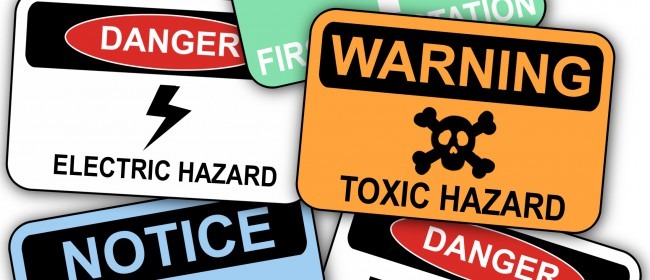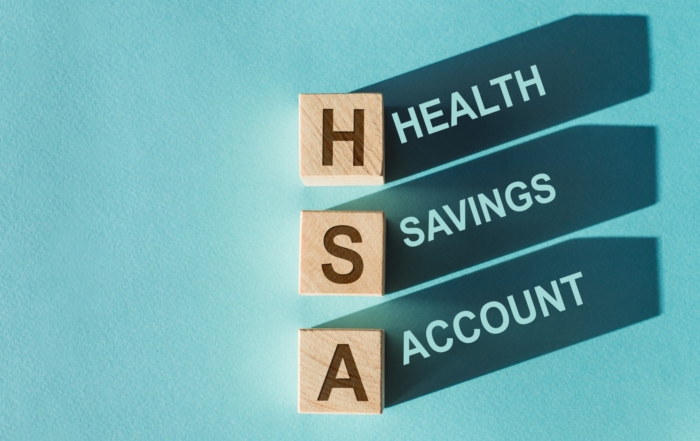One of the biggest weaknesses of any company safety program is a lack of accountability—and this shortfall usually occurs when management first fails to conduct health and safety audits.
Specifically, companies that do NOT frequently conduct comprehensive health and safety audits are less likely to identify and respond to physical and behavioral hazards within the workplace before something negative occurs. As a result, these companies typically waste more time, money, and future resources related to unneeded workers compensation claims than companies who actively conduct health and safety audits.
Health and Safety Audits: Ensuring Your Company Safety Programs Actually Work
In this article, we discuss health and safety audits: What are the goals? What do they involve? And how do you properly conduct one? Below are the most helpful hints you will need to be successful, including best practices to follow when conducting a safety audit within your workplace:
Goals of conducting a health and safety audit
The goal of a health and safety audit is to assist in the continuous improvement of your company’s Occupational Health and Safety (OHS) procedures. The audit should:
- Identify the risks and the levels of those risks within the workplace
- Identify strengths and weaknesses in your safety procedures
- Assess whether your safety procedures meet regulatory requirements
- Compare current documentation and practices against best practice and legal obligations
- Recommend improvements in your safety procedures
- Ensure that there are adequate resources available to manage OHS
- Ensure that the resources devoted to OHS are being utilized effectively
What does a health and safety audit involve?
An audit of your health and safety management systems identifies whether the safety systems are operating effectively, or whether they need to be more efficient. An audit may be an independent event or part of an ongoing program.
In addition, audits should:
- Focus on a particular activity (e.g. how hazardous substances are controlled)
- Focus on a particular part of the organization (e.g. the packing area)
- Address the overall performance of the health and safety management system
An audit of an OHS management system will address areas such as:
- Planning
- OHS responsibilities
- Organizational structure
- Consultation arrangements
- Implementation of all procedures and activities
- Hazard identification, assessment, and control
- Training and competence
- Measurement, reporting, and evaluation
- Review of the OHS system and its overall performance
How to conduct a health and safety audit
After you have chosen the area to audit, be sure follow this multi-step process:
Step 1: Answer a group of questions in a particular sequence
Base your audit questions around law and standards. First, audit your documented safety procedures to ensure they meet regulatory compliance. Second, audit the level of compliance to these safety procedures in the actual workplace by doing an inspection of the way things are carried out by your employees.
Step 2: Write an audit report
The report must list all the issues that you were alerted to in Step 1. These are called ‘audit findings.’ Use the audit report to identify the risks and assess the level of those risks.
Step 3: Develop an action plan to correct them
Apply and prioritize controls to each risk using a hierarchy of control strategies, which will then help you to develop an action plan. This action plan should then be communicated to employees with relevant training. Some of the actions that you need to take may need to be included in your objectives and targets. The actions that go into your objectives and targets are usually the actions you have to carefully plan and budget for.
In the end, the most important part of your health and safety audit is finding the time to do it and making sure it is well documented. Moving forward, it will be crucial for you to set dates to conduct the audit and complete the corrective action plan. If necessary, the dates can be modified, but the more true to your system you stay, the more consistent your results will be.
To learn more about how NARFA can help your business, contact us any time you have questions about health and safety audits, company safety programs, or OSHA reporting requirements. We also encourage you to call an NARFA safety consultant for assistance at: (774) 306-1836. The safety consultant can meet with the employees involved in conducting safety audits.
Our blog is also filled with valuable educational resources, as is our AICC worker’s compensation coverage program. And don’t forget to stay connected with our Health & Wellness Safety Tips—we’re always adding more tips to help you and your employees create workplace safety.
Recent Posts
IRS Guidance on Nutrition, Wellness, and General Health Expenses
The Internal Revenue Service (IRS) has recently highlighted that costs associated with nutrition, wellness, and general health do not typically qualify as reimbursable medical expenses [...]
HSAs Today and Every Day: A Triple Threat Against Rising Healthcare Costs
The healthcare landscape is constantly evolving, and in 2024, rising costs remain a top concern for both employers and employees. Fortunately, Health Savings Accounts (HSAs) [...]
April Showers Don’t Cause Accidents (Distracted Driving Does): Stay Safe on the Road This Month (and Every Month)
Spring is here, and with it comes April's designation as Distracted Driving Awareness Month. While the changing seasons and blooming flowers might tempt you to [...]




